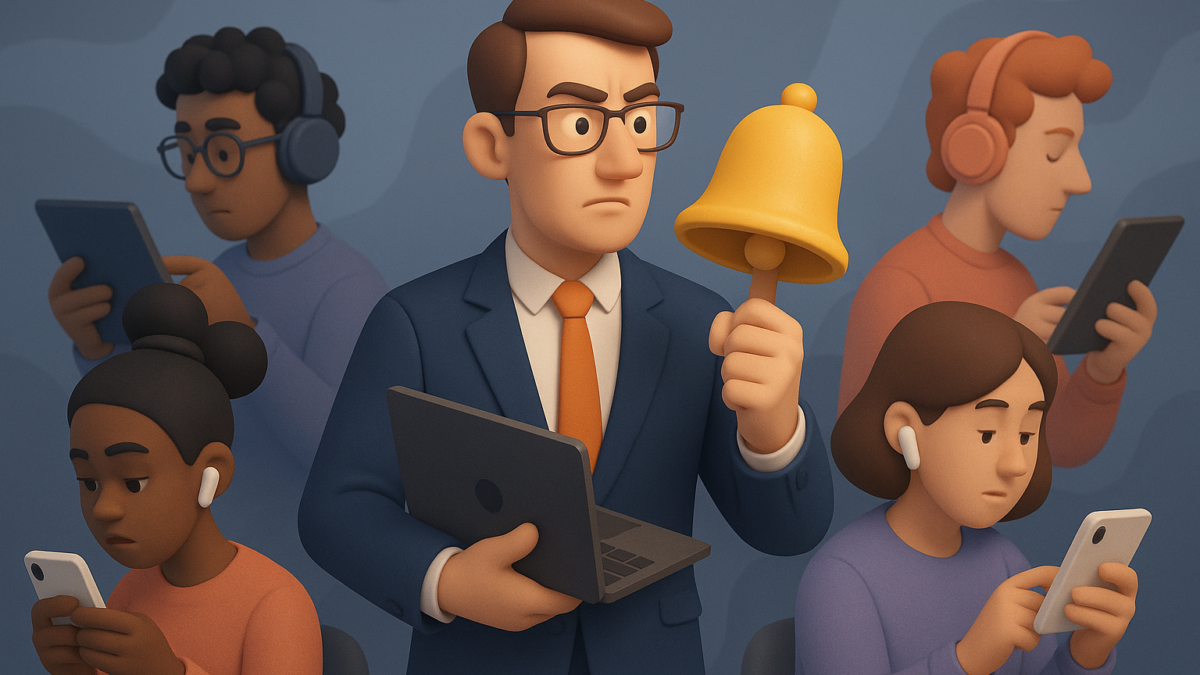The Attention Economy in B2B: Winning Leads When Everyone’s Distracted
Table of Contents
In 2025, attention is more valuable than ever. With decision-makers bombarded by emails, ads, LinkedIn messages, and webinars, the challenge for B2B marketers isn’t just generating leads—it’s winning attention long enough to convert them.
This shift has given rise to the attention economy: a marketplace where the scarcest resource isn’t money or technology, but focus. For B2B brands, success depends on mastering how to capture, retain, and convert attention in a noisy digital landscape.
So, how do you stand out and win leads when everyone’s distracted? Let’s break it down.
What Is the Attention Economy in B2B?
The attention economy refers to the competitive battle for limited audience focus. Unlike B2C, B2B buyers face:
- Endless product pitches from vendors.
- Long buying cycles with multiple stakeholders.
- Content fatigue due to repetitive messaging.
In short, your ideal customers aren’t starved for information—they’re starved for relevance and clarity. Winning in this economy requires a new approach.
Step 1: Understand How B2B Buyers Consume Content
To earn attention, first understand how decision-makers behave today:
- Shorter attention spans: Studies show the average professional spends less than 8 seconds deciding whether to engage with content.
- Multi-platform journeys: Buyers research across email, LinkedIn, search engines, and whitepapers before reaching out.
- Trust-driven engagement: According to Edelman, 71% of B2B buyers prefer brands that demonstrate thought leadership before selling.
This means your content must be short, value-packed, and available across multiple touchpoints.
Step 2: Craft Content That Cuts Through the Noise
Not all content is equal in the attention economy. To stand out:
1. Lead With Value, Not Volume
Bombarding prospects with 10 emails doesn’t work anymore. Instead:
- Share actionable insights they can use immediately.
- Use snackable formats like LinkedIn carousels, infographics, and short videos.
2. Personalization Wins Attention
Generic campaigns fail. AI-driven tools now allow hyper-personalization based on:
- Industry pain points.
- Buyer’s role in the decision-making process.
- Stage in the funnel.
3. Tell Stories, Not Specs
Even in B2B, humans make decisions. Case studies, customer success stories, and narrative-driven content create emotional engagement that facts alone can’t.
Step 3: Leverage Distribution for Maximum Impact
Great content without distribution is wasted effort. To capture leads, focus on where and how you deliver it:
- Content syndication: Platforms like Whitepapers Online help your thought leadership reach wider, targeted audiences.
- Account-based marketing (ABM): Deliver personalized ads and landing pages to high-value accounts.
- SEO + intent data: Optimize for buyer-intent keywords to capture demand when prospects are actively searching.
Step 4: Use Behavioral Triggers to Keep Attention
In a distracted world, timing is everything. Smart B2B marketers use behavioral triggers to stay relevant:
- Follow up when a prospect downloads a whitepaper.
- Send tailored offers after a demo request.
- Automate reminders if they abandon a pricing page.
AI tools now make it easier to set up these micro-engagements, ensuring your brand stays visible at the right time.
Step 5: Measure Attention, Not Just Clicks
Traditional vanity metrics (clicks, impressions) don’t tell the full story. Instead, focus on:
- Engagement time: How long are prospects consuming your content?
- Content depth: Are they scrolling, clicking related links, or bouncing?
- Conversion intent: Did they take the next step—like booking a call or requesting a quote?
Tools like HubSpot, 6sense, and Demandbase provide real-time insights into buyer attention signals that can help refine strategy.
Real-World Example: HubSpot’s Attention Strategy
HubSpot thrives in the attention economy by:
- Offering free, value-rich tools (like website graders).
- Publishing short, easy-to-digest guides on trending topics.
- Using multi-channel retargeting to stay top of mind until the prospect is sales-ready.
The takeaway? Value first, sales later. That’s the formula for winning B2B attention.
Winning in the Attention Economy: A Step-by-Step Recap
- Understand B2B buyer behavior – short attention, multi-channel, trust-driven.
- Craft value-driven, personalized content – stories over specs.
- Distribute smartly – content syndication, ABM, SEO.
- Leverage behavioral triggers – engage at the right time.
- Measure meaningful metrics – attention, not vanity clicks.
Final Thoughts
In today’s attention economy, quality beats quantity every time. B2B marketers who focus on personalization, smart distribution, and timing will not only win attention but also convert it into long-term revenue.
The brands that thrive won’t be the loudest—they’ll be the most relevant.
Call-to-Action (CTA)
Want to capture more B2B leads in the attention economy? 🚀
Explore our Enterprise SEO Services to get your brand in front of the right audience at the right time.





